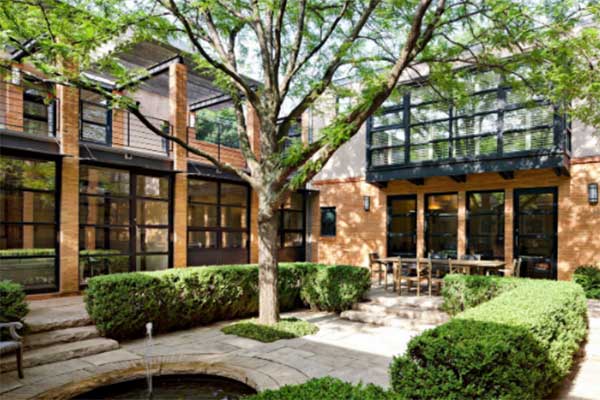
architectural design; photo by pdebarc.com
Beginning in the 1960s, historical buildings began to be preserved by society. Because of the history of the inhabitants or the structural design of the building, cities created laws to keep historic buildings from being demolished. In recent years, for the buildings that do not meet the government mandates to be a historical preservation site, people have turned to adaptive architecture to conserve these buildings. The proper architectural design services can repurpose an old building into a new business with the right blueprint. Read on to learn more about adaptive architecture and how it preserves the history of a building.
What is Adaptive Architecture?
In nature, adaptation is defined as the ability of an organism to change to best suit its environment. Adaptive architecture, also known as historic redevelopment or property rehabilitation, takes this concept of change and applies it to a building. Instead of bulldozing a property, adaptive architecture finds ways to bring life into these empty buildings. With this concept, a new apartment building can be constructed from the structure of an old school or church can become a new restaurant. By repurposing the building, an architect allows the building to adapt to the needs of the community that surrounds it.
The Benefits of Adaptive Architecture
This process of repurposing a building enhances the neglected building, but it also benefits the environment. In a society that is attempting to become greener and use less natural resources, adaptive architecture is one way a community can help their world environment. Repurposing old buildings into new construction can decrease the number of materials needed when compared to creating a new building from the ground up. By decreasing the number of natural resources that are needed to complete a project, which can also lead to decreased use in machinery, an architect can leave a smaller carbon footprint.
Finding new ways to repurpose old buildings is not a new concept, but it is a sustainable one. Adaptive architecture preserves not only buildings within a community but the history of the community itself.